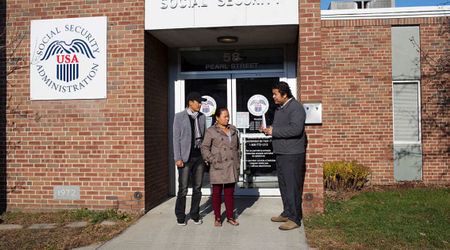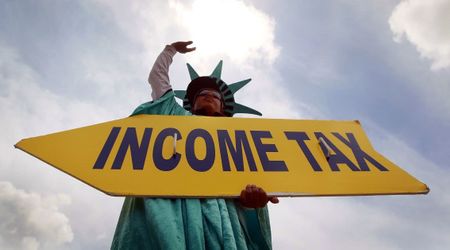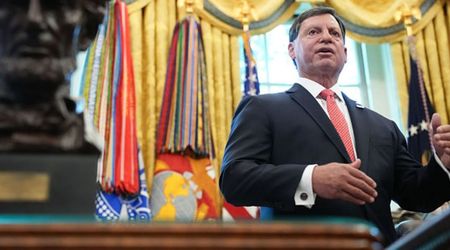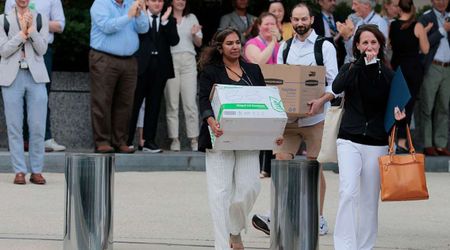Americans are Anticipating a Tax Refund; Here's how They Plan to Spend it

Tax season has arrived with the end of the financial year and millions of Americans are anticipating returns as well. As per recent data from the Internal Revenue Service, over 25.5 million taxpayers have already filed their returns, with an average refund of $1,741. This season, a substantial 67% of taxpayers are hoping to receive a refund, according to a Bankrate survey. But the more important question is how Americans plan to utilize this windfall, at a time when the economy seems to have hit turbulence and other countries are already being jostled by recession.

According to Bankrate's findings, nearly 30% of taxpayers intend to allocate their refunds into savings to navigate economic uncertainties. This demonstrates a prudent financial strategy resulting from awareness among a significant portion of the population, which now prioritizes financial security and future planning. Apart from that, paying down debt is reported as another goal for Americans, which resonates across various age groups, except for Gen Z, who prefer to invest their funds.
Approximately 20% of taxpayers envision using their refunds for discretionary spending, including vacations, home improvements, or indulgent purchases. "Many households would be well-served by putting some of their tax refund toward debt payoff and some toward savings," says Ted Rossman, Senior Industry Analyst at Bankrate.
The debate, however, persists on whether receiving a tax refund is advantageous compared to adjusting withholdings to receive larger paychecks throughout the year. However, the choice ultimately lies with the individual's financial circumstances and preferences.

Riki Cooke, a certified financial planner, suggests a "50/50 rule" to maximize the benefits of a tax refund. Under this guideline, individuals allocate half of the refund towards prudent financial decisions and the remaining half towards leisure or enjoyment. He also advises prioritizing emergency funds and tackling high-interest debt.
Establishing or bolstering emergency funds provides a safety net for unforeseen expenses, shielding individuals from financial instability. Concurrently, addressing high-interest debt diminishes financial burdens and fosters long-term financial health.
"Budgeting methods need some guilt-free spending included or they are less sustainable," he says.

Despite the urgency to eliminate debt, Cooke emphasizes the importance of allocating funds for leisure. "Integrating guilt-free spending into budgeting strategies enhances their sustainability, preventing burnout or resentment towards financial goals," he says.
"If you have a lot of debt, you could consider using the 50/50 rule as a starting point by committing to using at least 50% of the refund toward your debt," he advises.

Over the years, taxation in the United States has witnessed various reforms and alterations, which have shaped the way individuals and businesses navigate their financial obligations. Previous tax systems have ranged from simple structures to intricate frameworks, reflecting evolving economic landscapes and policy priorities.
In the early 20th century, the U.S. tax system underwent a significant transformation with the introduction of income taxes. The Revenue Act of 1913 established a progressive income tax, wherein higher incomes were subject to higher tax rates. This marked a departure from previous tax regimes, laying the foundation for modern taxation principles.





















